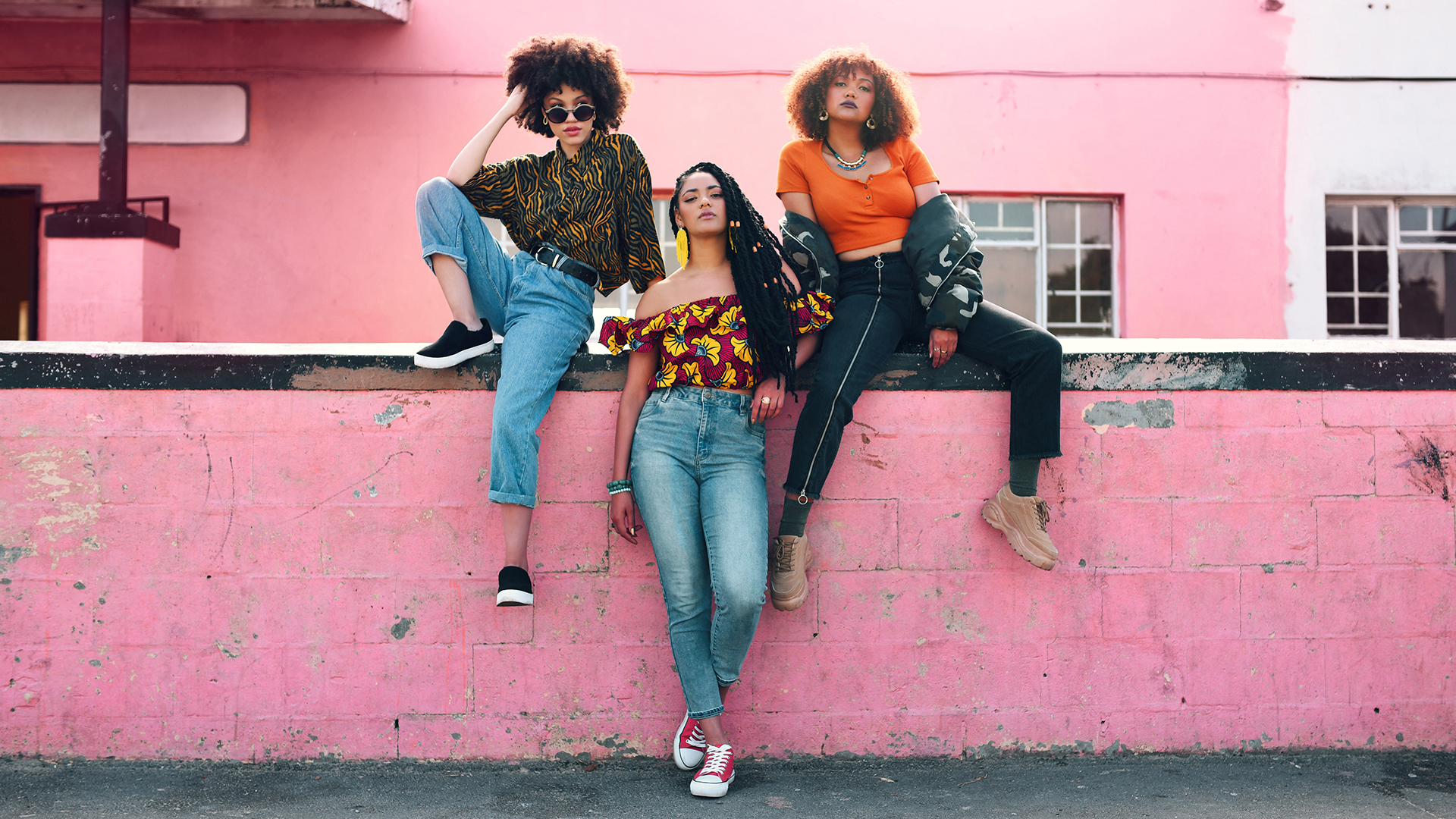Black women significantly contribute to the U.S. economy on many levels. We are often the breadwinners in our families and collectively have the highest labor force participation rate for women. Approximately 21% of Black women are business owners and entrepreneurs. Although we add a lot of worth to the economy, we often live in cities that subject us to gender and racial bias barriers. On a general level, Black and brown women are often subjected to unequal access to pay and quality healthcare. If this resonates with you check out these top 10 cities for Black and brown women that are perfect for you to thrive and make your mark.
Southfield, Michigan
In a recent ranking carried out by MoneyGeek based on a ranking of 200 cities with a population of 65,000 people and above, Southfield, a Detroit, MI suburb, ranked in first place for the best place for Black women to live and work. This may come as a surprise to many, but this ranking was achieved by analyzing several factors, including income, poverty rate, educational level, and homeownership, to name a few.
Atlanta, Georgia
Atlanta has always been a haven for Black women for years. Over the years, it has become one of the top places for Black women to thrive in America. This well-known Georgia metro area is also a hot spot for Black wealth, migration, and excellence. A large majority of Black women in Atlanta are educated and economically prosperous. Atlanta is also an excellent place for single Black and brown women.
Washington D.C.
A majority of Black women in D.C have stable jobs, good education, and a plethora of accomplishments. This is popularly attributed to D.C's numerous opportunities and schools like Howard University and George Washington University. According to a report by Bloomberg, D.C. is the second largest employer in the nation for Black and brown women.
Baltimore, Maryland
Baltimore is a hub for Black and brown women because it is an excellent area for thriving diversity. Because of its close proximity to Washington D.C., residents of Baltimore typically have high access to the advantages and conveniences of Washington D.C. It is also blossoming with Black and brown women who have successful careers in the arts and politics.
Grand Prairie, Texas
In a recent study conducted by SmartAsset, Grand Prairie ranks as the lowest Black poverty rate among 129 studied cities. In addition to being one of the most diverse cities in Dallas Fort Worth, over one-third of Black adults in Grand Prairie have at least a bachelor's degree and earn an average household income of $63,000.
Boston, Massachusetts
In the northeast, Boston has the fastest growing Black population. Most Black women who live in the Boston area have well-paying jobs and higher levels of education. Also, due to the burgeoning Black population, there is a vast network of Black women in various industries.
Durham, North Carolina
Durham is an excellent destination for Black women because it has a high population of educated people, and it also has a majority Black labor force participation. Economically, the Black community in Durham also thrives, and there is also a high percentage of Black-owned businesses in the area.
Lansing, Michigan
Apart from being a high-ranking area for Black families to live in, Lansing is also a top destination for Black women because it has a lower crime rate compared to other Michigan cities. Although it has all of the conveniences of a big city, Lansing still maintains its small-town feel.
Ann Arbor, Michigan
With a world-class educational system and a wide variety of entertainment options such as museums and cultural centers, Ann Arbor is a top destination, especially for Black women who want to start their families in a few years. Also, Ann Arbor has a lot to offer, with a crime rate that is 30% below the national average and a generally affordable housing market.
New Rochelle, New York
According to recent data obtained from MoneyGeek, New Rochelle ranks high as a top city for Black women to live in. This report primarily emphasized factors such as income, homeownership, safety, and the average educational achievement.
